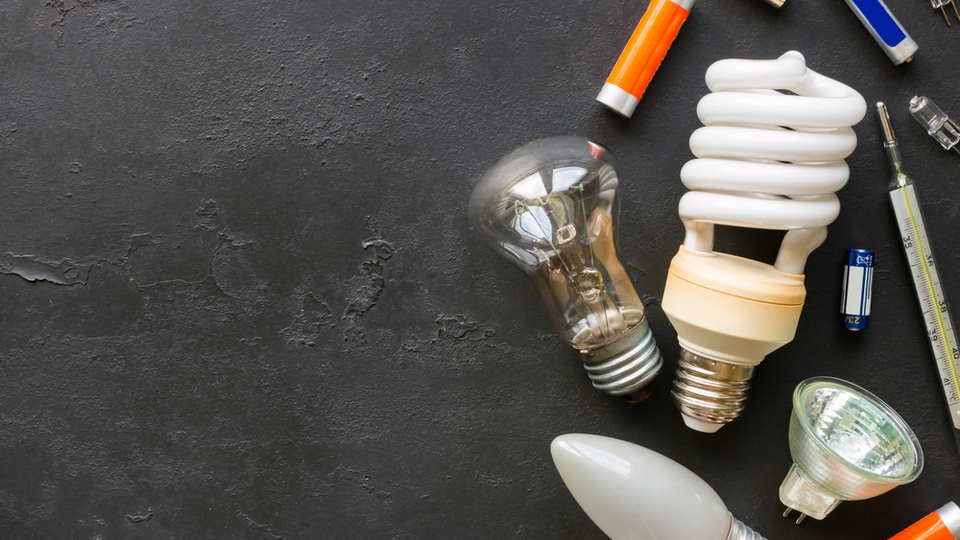Introduction
Lighting is an important aspect in any home or office environment. It can be used to create an atmosphere, provide illumination for activities, and also have an impact on safety and security. Lighting is used for a variety of reasons, such as for task areas (reading, writing, etc.), to provide ambient lighting for psychological comfort, increase security and safety, and to highlight artwork or furniture.
Adequate lighting is essential for proper functioning in the workplace. Studies have found that well-lit workplaces reduce worker errors and improve productivity. Proper lighting in home environments can also help create a calming atmosphere and reduce stress levels on occupants. Also, good lighting is important to help prevent slips and falls, as well as providing good visibility for tasks that require fine motor skills or require looking at details.
When it comes to choosing the right lighting, there are several factors to consider: type of lighting (incandescent, LED, etc.), color temperature (warm or cool), light intensity, and others. Here are some of the important elements of lighting:
- Light intensity: Light intensity is measured in lumens and refers to the amount of light emitted by a source. The higher the lumens, the brighter the light.
- Color temperature: Color temperature measures the color of the light and is measured in Kelvin. Warmer colors, like those from incandescent lights, are in the range of 2700K – 3000K, while cooler colors like those from LED lights are in the range of 4000K – 6500K.
- Light coverage: Light coverage refers to the area that is lit by a light source. It is important to consider both the light intensity and coverage, as lighting is often used in large areas.
Overall, lighting plays an important role in both home and office environments. It can be used to create atmosphere, highlight artwork, and provide illumination for activities. It is important to choose the right lighting for the job, considering factors such as light intensity, coverage, and color temperature.
Incandescent Lighting: Understanding How Incandescent Light Bulbs Work and Their Advantages and Disadvantages

Incandescent lighting is one of the most common forms of lighting used in residential, commercial, and industrial settings. It is created when an electric current is passed through a thin tungsten filament, causing it to heat up and emit light. Although these bulbs are not as efficient as other types of lighting, they have a long life span and are versatile in how they can be used.
In order to understand how incandescent light bulbs work, it is important to first look at their components. All incandescent light bulbs consist of a metal base, a thin tungsten filament, and a glass bulb. The metal base serves as a connector between the bulb and the electricity. The tungsten filament is a thin wire made of tungsten metal, which is heated up when electricity passes through it. This heat causes the filament to glow and emit light. The glass bulb serves as a protective layer that helps to form the shape of the light and to dissipate the heat generated by the filament.
Advantages of Incandescent Lighting
- Long life span – Incandescent light bulbs typically last for up to 1,000 hours or more
- Inexpensive – Incandescent light bulbs are relatively inexpensive when compared to other types of lighting
- Easy to use – Incandescent light bulbs are easy to install and can be used in a variety of settings
Disadvantages of Incandescent Lighting
- Inefficient – Incandescent light bulbs are not as energy efficient as other types of lighting
- Heat production – Incandescent light bulbs produce a lot of heat, which can be a fire hazard if not used properly
- High levels of pollution – Incandescent light bulbs can contribute to air pollution when they burn out
Fluorescent Lighting: The Different Types of Fluorescent Lighting and How They Compare in Terms of Efficiency and Color Temperature
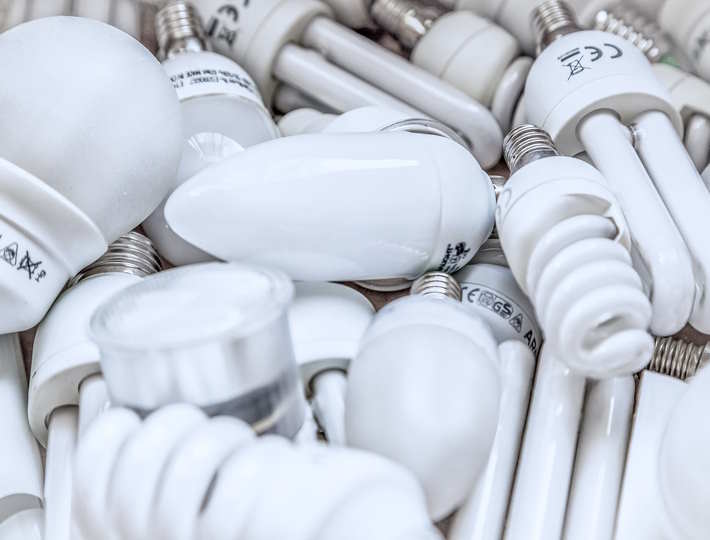
Fluorescent lighting is a type of artificial lighting that is used in a variety of indoor settings. It is often used for task lighting, recessed lighting, and general lighting. Fluorescent lighting is different from incandescent lighting because it produces less heat and also uses less energy to produce the same amount of light.
Fluorescent lighting is available in a range of designs, sizes and colors. There are four types of fluorescent lighting to choose from. Each type offers different benefits and features.
Types of Fluorescent Lighting
- Compact Fluorescent Lights (CFLs): These lights are energy-efficient, long-lasting and generate less heat than traditional incandescent bulbs. They come in a range of shapes, sizes and wattages.
- Linear Fluorescent Lights (LFLs): These long, tube-shaped lights produce a wider range of colors and offer more even lighting than CFLs. They are often used in commercial applications.
- High Output Fluorescent Lights (HOFLs): These lights are more powerful than CFLs and LFLs and are suitable for larger spaces. They produce a much brighter light and are usually used in industrial applications.
- T8 Fluorescent Lights: These lights are the most efficient option and are suitable for residential and commercial applications.
Comparing Types of Fluorescent Lighting
| Light Type | Energy Efficiency | Color Temperature |
|---|---|---|
| CFLs | High | Warm White-Daylight |
| LFLs | High | Warm White-Cool White |
| HOFLs | High | Cool White |
| T8s | Very High | Cool White |
When choosing fluorescent lighting, it is important to consider the type of lighting and the energy efficiency rating. Depending on your needs, one type of fluorescent lighting may be more suitable than another. For example, T8s may be the more
LED Lighting: How LED Lights Work and Their Advantages and Disadvantages Compared to Other Types of Lighting
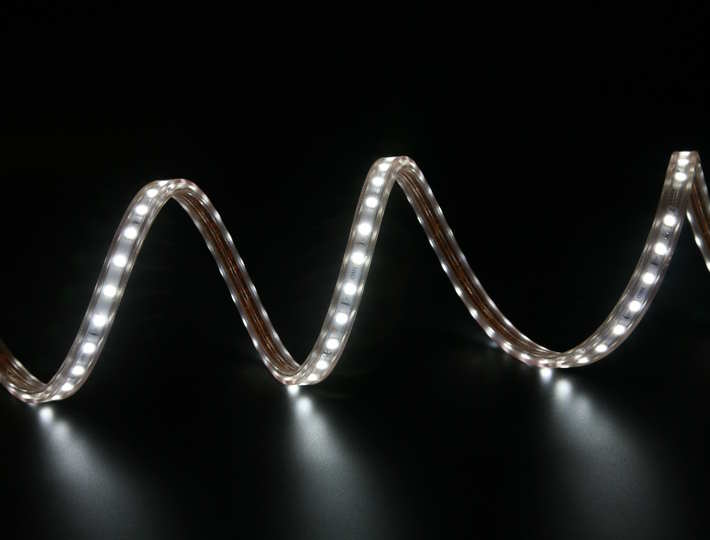
LED lighting is becoming increasingly popular as a modern and energy-efficient way to light our homes, businesses, and buildings. But what is LED lighting, how does it work, and how does it compare to other lighting options?
LED stands for “light-emitting diode.” An LED is a semiconductor device, much like a transistor, that produces light when electricity is passed through it. LEDs are made from materials that create light in different colors, and each diode can be programmed to create a specific hue and intensity of light. LEDs are much more efficient than traditional incandescent bulbs, using up to 80% less energy than other types of lighting.
Advantages of LED Lighting
- LEDs are much more energy-efficient than traditional incandescent bulbs, using up to 80% less electricity.
- LEDs produce virtually no heat, so they are safer to use and require less cooling.
- LEDs can be programmed to produce specific colors and intensities of light.
- LEDs last much longer than traditional light bulbs — up to 10,000 hours compared to 1,000 hours for an incandescent bulb.
- LEDs are more durable than traditional light bulbs, and are resistant to shock, vibration, and extreme temperatures.
Disadvantages of LED Lighting
- LEDs are more expensive than traditional light bulbs.
- LEDs are more sensitive to temperature and current fluctuations than traditional lights.
- LEDs require an initial investment for purchasing the correct equipment and lights.
- LEDs cannot be dimmed as easily as traditional light bulbs.
Halogen Lighting: Differences Between Halogen Lights and Incandescent Bulbs in Terms of Efficiency and Longevity

Halogen lighting has become a popular choice for lighting due to its energy efficiency, longevity, and affordability. Halogen lights and incandescent bulbs have several similarities, but also several differences in terms of efficiency and longevity. Let’s take a look at both types of lighting and compare their differences.
To begin, both Halogen lighting and incandescent bulbs use filaments to produce light. However, a halogen light is made with a different type of filament that is encased in halogen gas. This gas helps the filament to burn brighter and longer than an incandescent bulb. Due to its unique design, halogen lights are more efficient than incandescent bulbs and can last up to twice as long.
In terms of efficiency, halogen lights have a much higher lumen to watt ratio than incandescent bulbs. This means that halogen lights produce more light while using less energy than incandescent bulbs. Halogen lights also produce a brighter and whiter light than incandescent bulbs, making them a great choice for task lighting or for places where brighter light levels are desired.
When it comes to longevity, halogen lights last much longer than incandescent bulbs. Halogen lights can last up to 10,000 hours, while incandescent bulbs usually last only 1,000-2,000 hours. This makes halogen lights a much better investment in terms of overall cost efficiency.
Overall, halogen lighting is a great choice when it comes to energy efficiency and longevity. Halogen lights have a much higher lumen to watt ratio and can last up to 10,000 hours. They also produce a brighter and whiter light than incandescent bulbs, making them ideal for task lighting and places where brighter light levels are desired.
Here are some of the key differences between halogen lights and incandescent bulbs:
- Halogen lights have a much higher lumen to watt ratio, meaning they produce more light while using less energy than incandescent bulbs.
- Halogen lights produce a brighter and whiter light than incandescent bulbs.
- Halogen lights can last up to 10,000 hours, while incandescent bulbs usually last only 1,000-2,000 hours.
Different Types of Lighting Fixtures: Track Lighting, Recessed Lighting, and Pendant Lighting
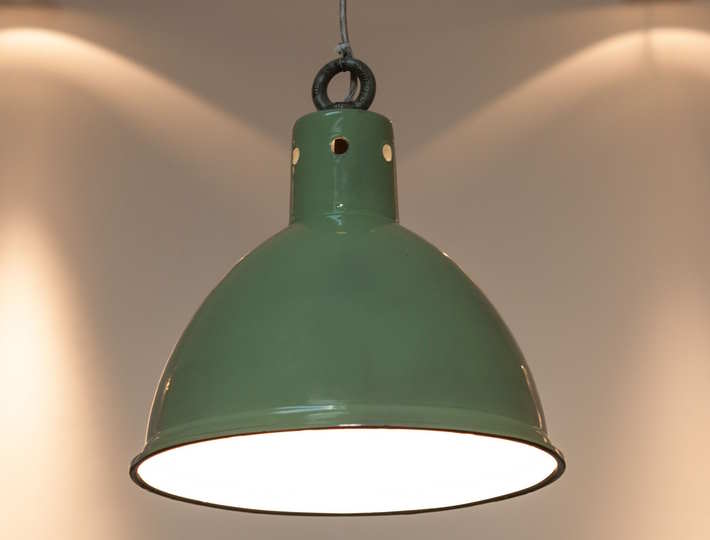
Lighting fixtures are available in an array of types to suit different applications. They provide light to areas where natural light isn’t available or there is insufficient light. Some of the popular lighting fixtures include track lighting, recessed lighting, and pendant lighting.
Track lighting consists of multiple bulbs connected along a single track. It is ideal for illuminating a larger area since it gives a uniform lighting effect. Track lighting works great for brightening up kitchen counters, task areas, and art displays.
- Provides a uniform lighting effect
- Ideal for larger areas
- Works great for kitchen counters, task areas, and art displays
Recessed lighting is mounted inside a ceiling or wall to provide illumination with minimal light emission. It offers a very subtle lighting effect and can be used to highlight a painting or a piece of furniture.
- Mounted inside a ceiling or wall
- Offers a subtle lighting effect
- Can be used to highlight art or furniture
Pendant lighting, on the other hand, is a hanging light fixture that is connected to the ceiling. This type of light fixture is perfect for adding a statement to your interior design. It works great for brightening up home entrances, dining rooms, and kitchens.
- Hanging light fixture connected to the ceiling
- Perfect for adding a statement to your interior design
- Works great for home entrances, dining rooms, and kitchens
Dimmer Switches and Smart Lighting Systems: How They Work and Their Benefits and Drawbacks
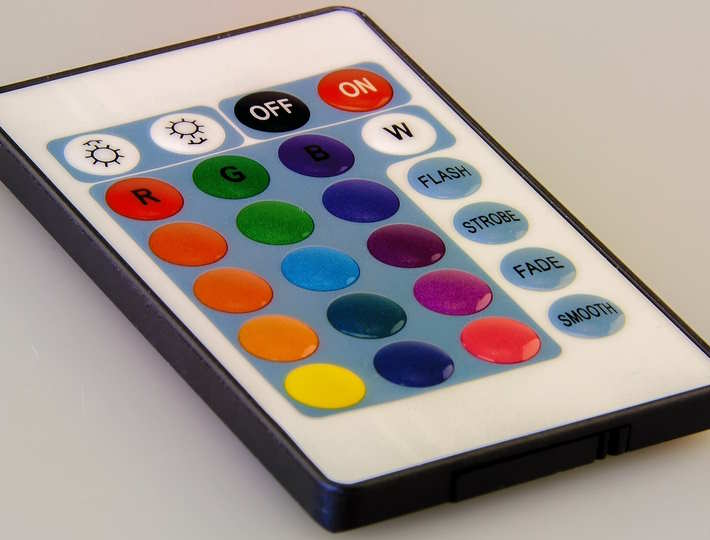
Dimmer switches and Smart Lighting Systems are a convenient way to adjust and automate lighting in your home or office. With the help of modern technology, a simple switch can now be used to control the brightness or color of your lighting systems. They are a great way to save energy, be more efficient with lighting, and even create the perfect mood for any situation.
A dimmer switch works by controlling the amount of electricity that reaches the light bulb. It can be adjusted to make the lamp brighter or dimmer. Smart Lighting Systems are more sophisticated and allow you to control the color of the lights, dim them remotely, and schedule on and off times.
Benefits and Drawbacks of Dimmer Switches and Smart Lighting Systems
- Benefits
- Can save energy by dimming lights and are especially useful when lights are not in use
- Can change the atmosphere of a room with dim lighting
- Smart Lighting Systems can be operated remotely or scheduled, meaning you never have to worry about forgetting to turn off the lights
- Drawbacks
- Dimmer switches and Smart Lighting Systems can be costly, especially for larger areas
- Light bulbs need to be compatible with each system to ensure proper performance and energy savings
- Smart Lighting Systems require a separate control panel or device in order to work remotely, meaning additional wiring and installation may be required
Recommended Brands and Products: Top Picks for Different Types of Lighting Systems and How They Compare in Terms of Quality and Price
A quality lighting system is essential to any home, office or commercial space, and it is important to choose one that is both cost-effective and reliable. With so many different types of lighting systems available, it can be difficult to know which one to go with. To help make the decision easier, we’ve compiled a list of our top picks for different types of lighting systems and how they compare in terms of quality and price.
When it comes to indoor lighting, LED systems offer the best combination of performance, durability and affordability. They are easy to install and maintain, and they offer energy-saving benefits. Philips and Cree are two of the most well-known LED lighting brands that offer great value for money. Philips offers a wide range of LED lighting systems, from ceiling lights to wall lights, and all their products have a long lifespan and great energy efficiency. Cree produces a range of LED bulbs and fixtures that are highly durable and reliable, and their products come at very reasonable prices.
Outdoor lighting systems are another important consideration for any home or business. Spotlights and security lights are two popular types of outdoor lighting. Sensor Security Lights by GE provide long-lasting lighting that is easy to install and maintain, while Homebrite Solar Spotlights are an excellent cost-effective option that runs on solar power. Both offer excellent value for money and come highly recommended.
For decorative lighting, there are a variety of options available. Westinghouse offers stylish pendant lights, chandeliers and wall sconces that are designed to add an elegant touch to any room. In addition, Cree also produces a range of decorative lighting fixtures that are both energy-efficient and affordable. And finally, Philips has a wide selection of decoration lighting that is sure to make any room look stylish and inviting.
When it comes to choosing the right lighting system for your home or business, it pays to shop around and compare the different brands and products. The above recommendations should give you a good starting point, but always make sure to read customer reviews and do your own research to ensure you get the best product for your needs and budget.
Choosing the Right Lighting System: Factors to Consider, Such as Color Temperature, Brightness, and Energy Efficiency

Choosing the right lighting system can be a challenge. With so many different types of lighting available, it can be difficult to determine which lighting system is best for your space. When it comes to selecting the right lighting system, there are several factors to consider such as color temperature, brightness, and energy efficiency.
Color temperature is one of the most important factors to consider when selecting the right lighting system. It determines the amount of warmth or coolness emitted from the lighting. Generally, lighting with a lower color temperature emits more warmth, creating a more comforting and relaxed atmosphere, while higher color temperature lighting emits more coolness, making the environment more vibrant and lively.
Aside from color temperature, brightness is another factor to consider when selecting the right lighting system. This can be determined by the lumen rating, which is a measure of the amount of light emitted by the lighting. Generally, higher lumen ratings produce brighter light, however, too much brightness may be overwhelming, so it is important to find the perfect balance between brightness and atmosphere.
The last factor to consider when selecting a lighting system is energy efficiency. Most lighting is available in either traditional or LED forms, and LED lighting is much more energy-efficient. LED lighting also emits less heat than traditional lighting, which can lead to better temperature control in your space.
Choosing the right lighting system can be an overwhelming task, and there are many factors to consider such as color temperature, brightness and energy efficiency. Doing thorough research and taking all of these factors into account will ensure you select the right lighting system for your space.
Installation and Maintenance: Best Practices for Installing and Maintaining Your Lighting System
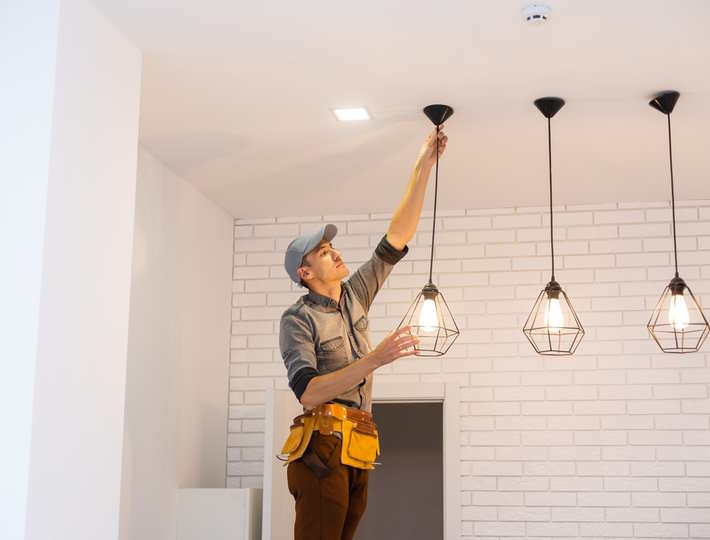
Installing and maintaining your lighting system is essential to ensuring optimal performance, safety, and longevity. It is important to follow the manufacturer’s instructions to ensure proper installation and maintenance of your lighting system. Here are some tips to help you get started:
- Read the instructions for the particular lighting system you are installing before starting. Make sure you understand what is required for the installation.
- Ensure the power source is adequate for the system. Make sure the power source is able to handle the wattage of the system.
- Check that all wiring is secure and well insulated. Make sure all connections are made properly and secure. Use the correct type of wiring to ensure proper insulation and protection.
- Test the system once it is installed. Ensure that all lights are working correctly and that there are no shorts or other issues. Regularly inspect the system for any problems or damage.
- Maintain your lighting system by cleaning and inspecting it regularly. Replace any bulbs or wiring as required and check the connections to ensure they are secure and not damaged.
- If needed, have your system inspected and serviced by a professional. This will help to ensure your system is performing properly and that any potential issues are identified.
By following these tips, you can ensure that your lighting system is installed and maintained correctly and safely. This will help to ensure that your system is working correctly and that you can enjoy its benefits for many years to come.
Conclusion
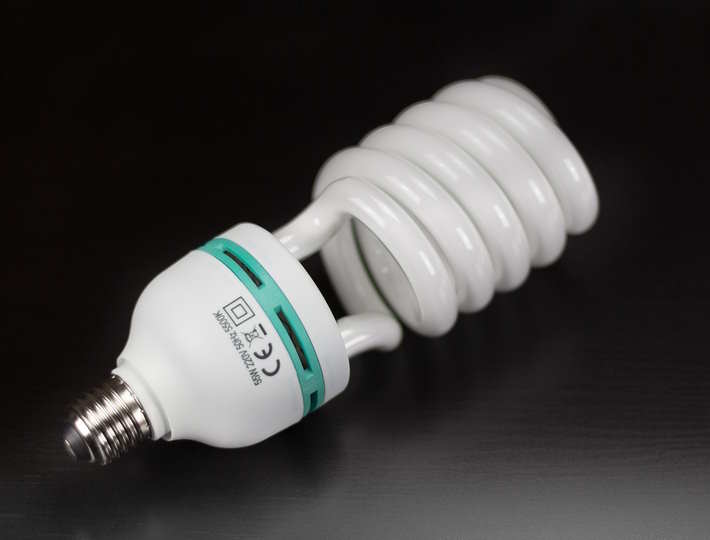
When it comes to enhancing your space, finding the right lighting system is key. Whether for industrial, commercial, or residential applications, appropriate lighting systems can contribute to both the health and aesthetic of any environment. However, not all lighting systems are created equal; there are a few key factors to consider in order to optimize your space.
The most important factor to consider is the type of lighting fixture you need. Natural, LED, and fluorescent lights have distinctly different properties, and depending on your budget and the desired outcome, one may be more suitable than others. Additionally, it’s important to keep in mind the quality of the light; some fixtures may be brighter than others, while some may cast a harsher light.
- Type of Lighting Fixture
- Quality of the Light
- Brightness of the Lights
- Cost of the Fixture
- Energy Efficiency of the Fixture
It is also important to consider the cost of the fixture, as well as its energy efficiency. An energy-efficient light will save you money in the long run, while a less efficient fixture may require frequent replacement and higher electricity bills. In addition, it is worth considering the installation process. If possible, it is best to have a professional install the lighting system, as this will ensure it is done correctly and to code.
Overall, selecting the right lighting system for your space can be a daunting task. However, if you take the time to consider all of the factors mentioned above, you can optimize your space and create an environment that is both aesthetically pleasing and conducive to your wellbeing.

